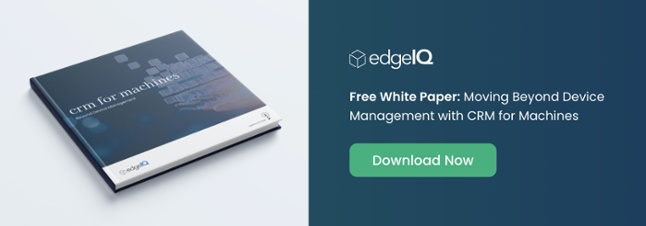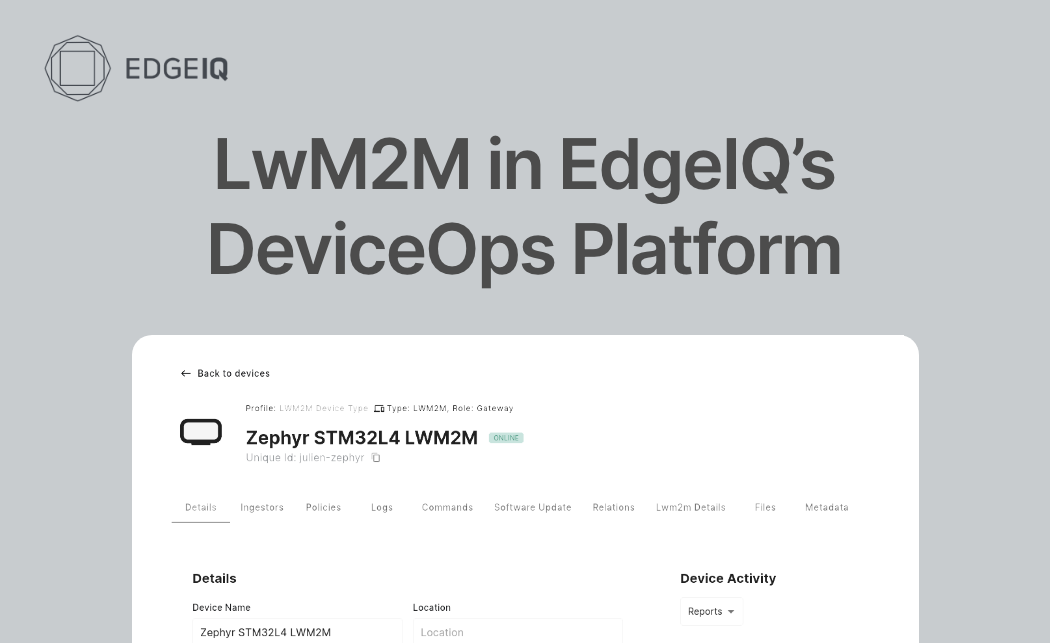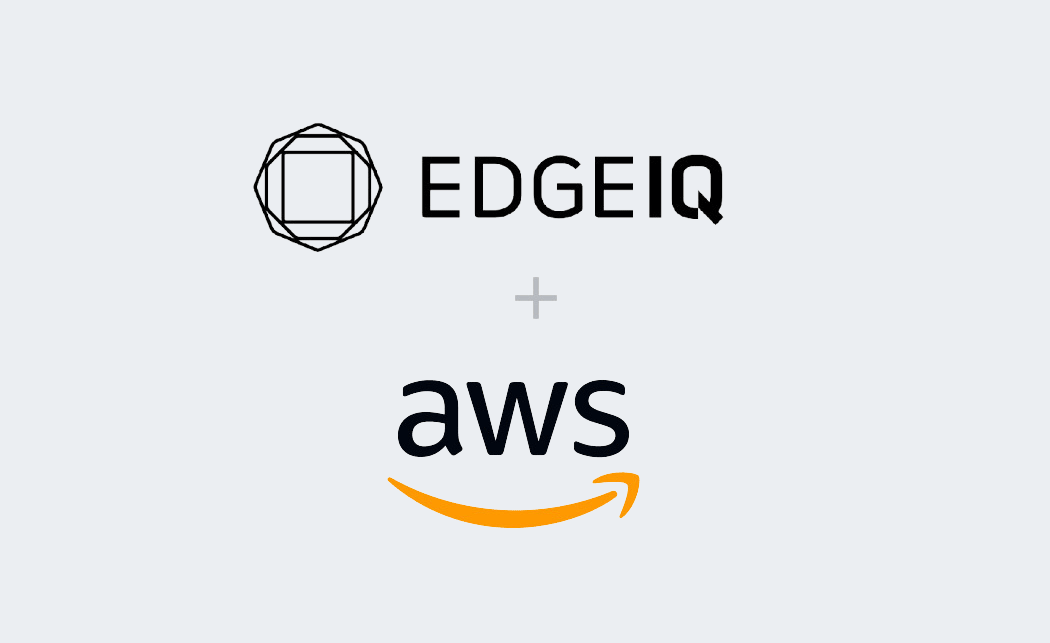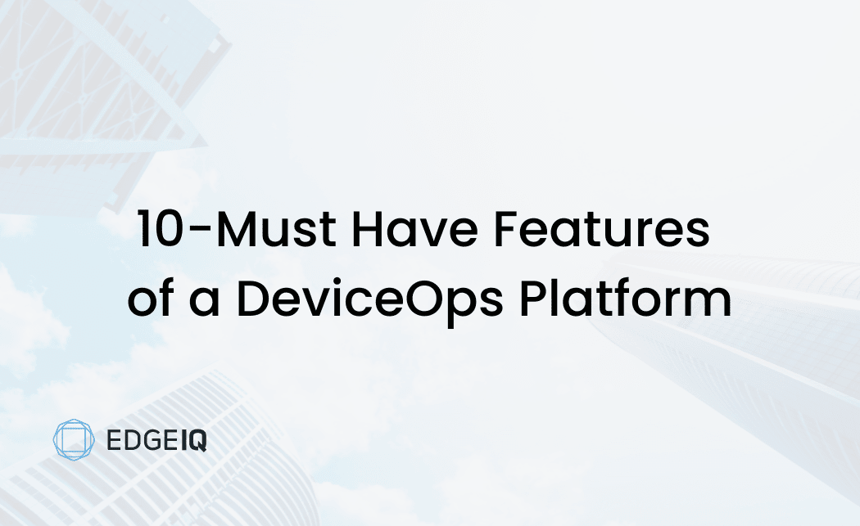Connected products are transforming our lives in wonderful ways. I personally experience this every day.
My favorite Christmas present this year is a wellness monitoring product (whose manufacturer I will not name). On the continuum of features, it’s in the middle. I wanted something that tracked my heart rate at rest and during workouts. Check. I wanted something that monitored my sleep. Check. And most of all I wanted a silent alarm that would merely vibrate and not wake my wife, or the dog. Check. My new wellness device does those things and does them very well. Even though it was a gift (free to me) it is also in the midpoint price range. I love this connected product...well almost love it.
No surprise, it has a complementary app for my iPhone which allows me to manually enter my water consumption - not enough. The device syncs with my phone periodically which then syncs with the web app, all through a well managed back end service. Or so I thought.
This company sells other connected products and has been doing this for a while. As a matter of fact, I bought their connected scale - the body fat measurement can’t be accurate, right? And before that I even bought one of their early trackers. It didn’t have as many features back then, but that’s when everyone was just counting their steps and happy to get a reminder when you were being too sedentary.
It’s all magic - except when it’s not. This company ignored one of the most important elements of connected product lifecycle management. Decommissioning.
You see, every time I tap the app to check my heart rate over the course of the day, I see that the app is trying to find my old device that I decommissioned more than 3 years ago. Actually, I did my part. The vendor didn’t seem to do theirs. I’m no neophyte at these things, so I went through all the expected steps. So far - and I’ve been counting - I’ve deactivated the old device 37 times on my smartphone app. I’ve read 5 articles on their support site and finally initiated a chat session with a support agent. After several minutes with this support rep, the line went quiet. I pinged and pinged and finally got an answer that the problem was a software issue and that someone would fix it and send a confirmation when the device was removed.
Ten days later, no deactivated device, no email response, and I still remove it on my phone multiple times a day, so the app stops trying to sync to a product that doesn’t exist anymore.
To me, this is a major inconvenience. But my time is valuable and worth something to my investors, team and customers...and maybe my family too. I see this repeatedly in the connected product domain. Organizations do the bare minimum to support connected products, pushing the pain of inconvenience, or more, on their customers. This is why we say that connected products need CRM-like tools that address the entire lifecycle of the relationship.
Decommissioning is important, damnit.






